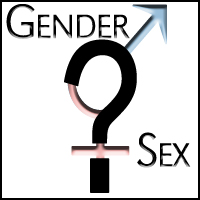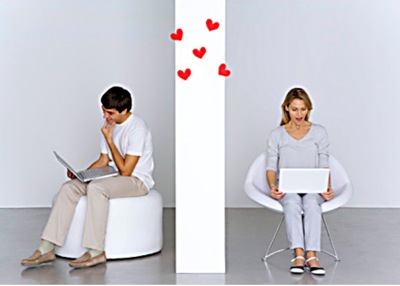
Love in the Online SphereNora Brannen-Burt So, you want to meet a liberal beekeeper with a love of electric guitars and german shepherds. If you were in Alabama in 1956, you might be out of luck. But it's not. It's 2011 and though you have a very specific man in mind, you may just be able to find him, even if he's in Botswana, with the help of online dating services. In the 21st century anyone has a good chance at finding a match online, so long as they take the user profiles they browse with a grain of salt. People do have a tendency to present themselves in an overly positive light. However, if a person possesses honesty, street smarts, and the ability to navigate the Internet well, online dating provides a new venue for those looking for “the one”, a casual partner, or even just a person to spend time with. The online dating industry pulls in approximately $957 million a year and is on the rise (2008). One of the reasons the industry is so attractive is the availability of a dating community for almost any type of person. There are websites based on ethnicity, religion, and sexual preference. Among the top niche sites, which make up 44% of dating sites, are JDate for Jewish singles, Christian Mingle, and Manhunt.net (Sullivan, 2008). Besides basic factors like appearance and spirituality, there are also sites that specify dating even further. For those that love farm life and horses, they can visit HorseandCountrySingles.com. For the vegetarian lover, they can go on Veggielove.com. Lastly and perhaps most unexpected, there is STDmatch.com, for singles with a sexually transmitted disease (Sullivan, 2008). For those with HIV or herpes, this could be a good way to overcome fear of entering the dating pool. But what if you're looking for something a little more generic? Leading that scene are Match.com and eHarmony.com. Match.com has a more open policy than eHarmony.com, which will reject you if you are not heterosexual because they have not included different types of sexuality in the “science” of their matchmaking just yet (Cullen, et. al, 2008). Match.com bases its personality questionnaire on the Myers-Briggs personality types, which are based on Jungian psychological typology. One is either extroverted or introverted (to a certain percent), thinking or feeling, intuitive or sensing, and judging or perceiving. Conversely, eHarmony.com uses the big five personality traits, established by Costa and McCrae, which include measures of conscientiousness, agreeableness, neuroticism, openness to experience, and extroversion (Welch, 2009). Both are valid systems of personality assessment. The major deciding factor is which test one personally feels more comfortable using.
Once you find the site for you, how do you go about finding the most honest and genuine people to date? About 20% of people online are self-reported deceivers, according a research survey conducted at Boston University and MIT. Most people aren't lying about major issues, but it's still something of which to be wary. Females tend to lie about height and weight, while men tend to lie about income, education level, height, and marital status (Epstein, 2007). There are a couple of ways to weed out the real loser. Some sites have been created solely for protecting people from certain people online, such as Don'tDateHimGirl.com. Users post complaints against previous suitors (Epstein, 2007). Another, simpler way to check up on a love interest is by googling them. As Bonnie Zylbergold points out, “You don't need much more than [a first name and idea of their profession] to tap into someone's life” (2007). It's easy to find a Facebook page or blog posts that way, often allowing you to see portions of their life it might have taken you several dates to find out about. While it appears that there is a safe way to date online and potential niche for everyone in the scene, the one problem major competitors in the U.S. have faced in cultural fluency. EHarmony has not translated well to Eastern cultures because the questions in the initial questionnaire and the site layout are self-centered and individualistic (Cullen, et. al, 2008). Match.com is in 35 countries and has 30% of its users outside the U.S., so the website has had to adapt to different cultures. For example, Scandinavians wanted Match.com to emphasize long-term relationships more, and in Japan, browsers felt that hair color was an irrelevant question since most people in Japan have black hair (Cullen et. al, 2008). The one website that seems to translate well across cultures is Chemistry.com, which puts users into four temperament categories and matches them based off of that and the finding that the one thing all people of different cultures wanted to find was love. It may not be possible to have a one-size-fits-all dating site, but creators should be aware of the culture to which they are marketing when launching their service in a new country and make adjustments as needed.
Skeptics say that the probability of someone finding a marriage partner online is less than nil. In reality, the probability of finding "the one" in real life is probably just as slim, if not slimmer. So I say, why not take a chance and get to know someone online? You can be freer to express yourself and turning someone down is not nearly as embarrassing as doing it face-to-face. And you might even be able to find that liberal guitar-loving beekeeper after all. Works Cited
Cullen, L., Masters, C., Woo, L., & Singh, M. (2008). We just clicked. Time, 171 (4). Figures
Figure 1. http://www.yourengagement101.com/relationships/files/2010/01/find love-online-dating-sites.jpg |












